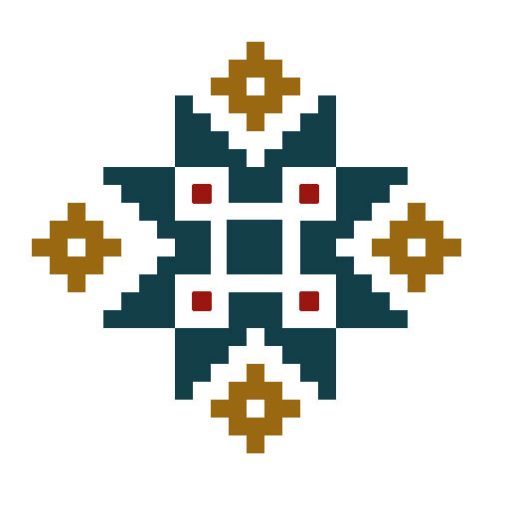Read our blog
This group is committed to the study and promotion of traditional Scandinavian weaving techniques and other cultures of interest, encouraging each other to preserve traditional folk art techniques and use the techniques to expand contemporary artistic expression.
All Weavers Guild of Minnesota members are welcome to participate in the Scandinavian Weavers study Group meetings, either virtually or in person, which are generally held on the third Sunday of each month.
Everyone can follow news about Scandinavian weaving activities on the study group public blog.

Check out some of our latest posts:
- Happy Holidays!
- Weaving Journeys (Part Two)
- Weaving Journeys (Part One)
- Skillbragd (Part Two)
- Skillbragd (Part One)
Vibrant Traditions: Scandinavian Weaving in the Midwest
Norway House and the Scandinavian Weavers Study Group of the Weavers Guild of Minnesota presented an exhibit of 49 contemporary and traditional weavings in the Scandinavian tradition, January 31 – April 19, 2025
Norway House
913 E Franklin Ave, Minneapolis, MN 55404
See these articles about the exhibit:
“Vibrant Traditions on display at Norway House: A colorful tapestry of Nordic color.” Carstens Smith, The Norwegian American, January 25, 2025.
“Norway House’s Vibrant Traditions — a tapestry of time and place.” Sommer Wagen. The Minnesota Daily, February 5, 2025.
Check out some of our older post by topic or by month
- Blog Updates (11)
- Classes (2)
- Exhibits (64)
- Finnish Weaving (1)
- Group Projects (15)
- Links (3)
- Norwegian weaving (99)
- Scandinavian weaving (138)
- Study Group Meeting Minutes (23)
- Swedish weaving (45)
- Travel (15)
- Uncategorized (127)
- Weaving Techniques (61)
